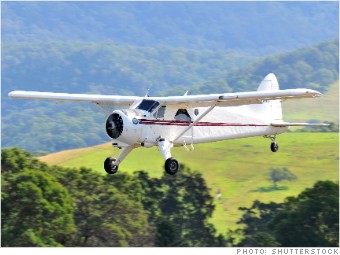

The workplace got safer last year, but workers in these jobs suffered the highest rates of fatal injuries.

Major airline pilots have low job fatality rates, but for bush, charter and air taxi pilots, the work is much more risky.
Human error is the No. 1 cause of deaths for airplane pilots, according to the U.S. Federal Aviation Administration, but innovations in weather reporting, navigational equipment and positioning devices have cut down on accidents considerably.
About a fifth of fatal U.S. crashes occur in Alaska, according to NIOSH. Flying is much more common there: 82% of the state's towns and settlements are reachable only by air, according to C. Joy Journeay, head of the Alaska Air Carriers Association.
Still, fatal accidents there have dropped more than 40% over the past 10 years, she said.
"Better weather information is a prime factor in the decline," said Journeay.
Weather cams, installed by the Federal Aviation Administration have improved coverage of storms.
And when planes do go down, they can be very accurately located with modern transmitters built into the planes. That means help gets to injured pilots and passengers more quickly.


